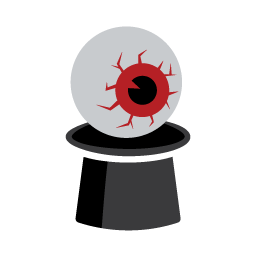Highlights
Amanda Randles wants to copy your body. If the computer scientist had her way, she’d have enough data — and processing power — to effectively clone you on her computer, run the clock forward, and see what your coronary arteries or red blood cells might do in a week. Fully personalized medical simulations, or “digital twins,” are still beyond our abilities, but Randles has pioneered computer models of blood flow over long durations that are already helping doctors noninvasively diagnose and treat diseases.
Her latest system takes 3D images of a patient’s blood vessels, then simulates and forecasts their expected fluid dynamics. Doctors who use the system can not only measure the usual stuff, like pulse and blood pressure, but also spy on the blood’s behavior inside the vessel. This lets them observe swirls in the bloodstream called vortices and the stresses felt by vessel walls — both of which are linked to heart disease. A decade ago, Randles’ team could simulate blood flow for only about 30 heartbeats, but today they can foresee over 700,000 heartbeats (about a week’s worth). And because their models are interactive, doctors can also predict what will happen if they take measures such as prescribing medicine or implanting a stent.
It’s a lot of data. We’re running simulations with up to 580 million red blood cells. There’s interactions with the fluid and red blood cells, the cells with each other, the cells with the walls — you’re trying to capture all of that. For each model, one time point might be half a terabyte, and there are millions of time steps in each heartbeat. It’s really computationally intense.

